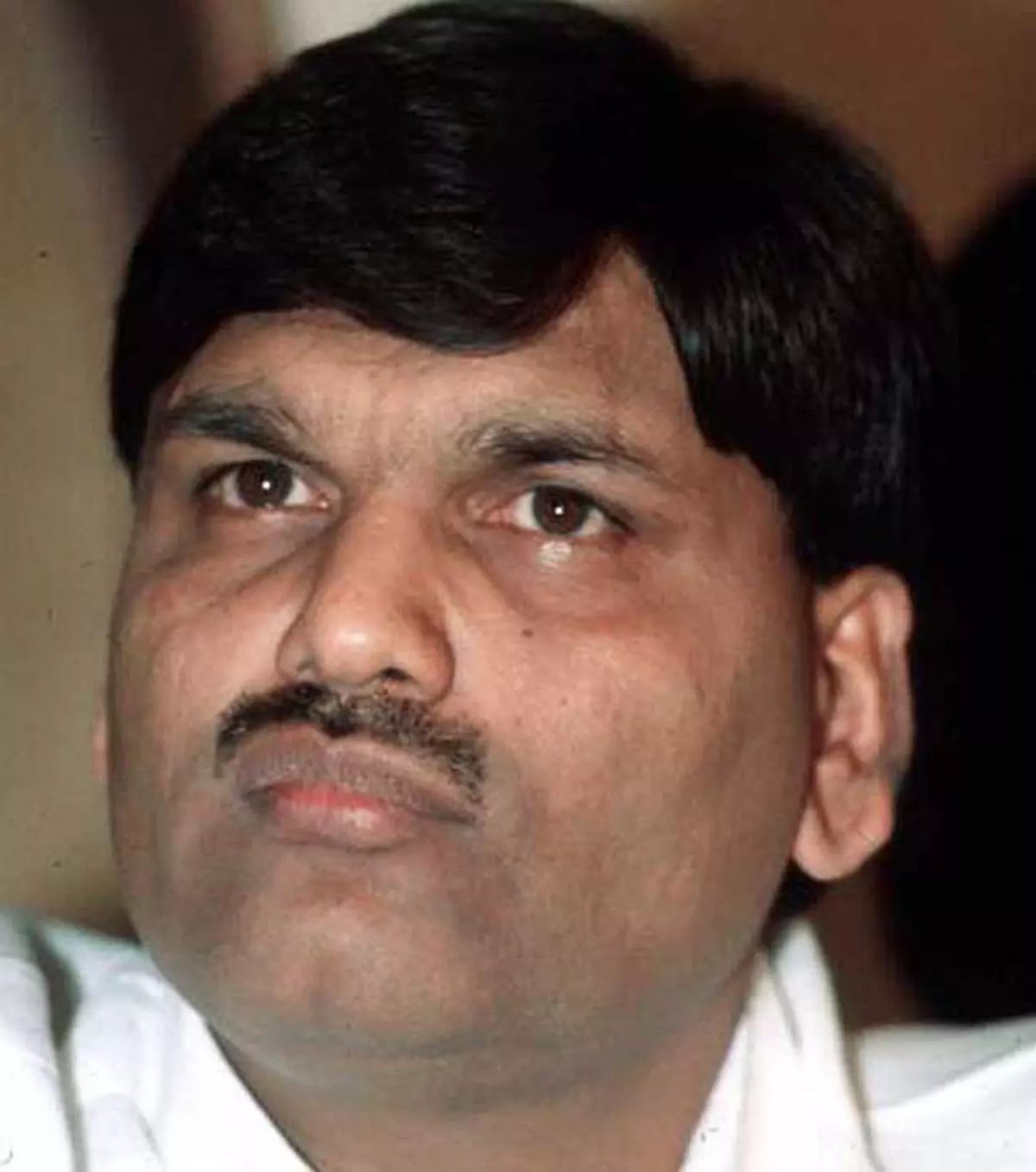Author: Supriya, KIIT University, Bhubaneswar
Introduction
The case of Rajesh Vaishnav v. Union of India (2021) marked a pivotal moment in India’s legal, agricultural and political history, bringing into focus a debate on the constitution validity of the three farm laws introduced in 2020 by the central government. The ensuing farmer protest, legal battles and public discourse brought unprecedented attention to agricultural policies, governance and the role of the judiciary in mediating policy conflicts. The article delves deep into the background, legal arguments, Supreme Court intervention and implication of the Rajesh Vaishnav case in relation to India’s farm laws.
Background and the controversial farm laws
In September 2020, the Indian parliament passed three significant farm laws that were designed to liberalize the agricultural sector and enhance market opportunities for farmers. The laws were:
- The Farmer’s Produce Trade and Commerce (Promotion and Facilitation) Act, 2020: This law allowed farmers to sell their produce outside of government- regulated Agricultural Produce Market Committees (APMCs), thereby encouraging free trade across state borders without paying taxes levied by the mandis (local agricultural markets). The government contended that this would lead to better price discovery for farmers and reduce exploitation by middlemen.
- The Farmers (Empowerment and Protection) Agreement on Price Assurance and Farm Service Act, 2020: This legislation facilitated contract farming by providing a framework for farmers to engage directly with large corporations, wholesalers and exporters. Farmers could enter into pro-agreed contracts, which would assure them of prices for their produce, ostensibly reducing the uncertainty of price fluctuations.
- The Essential Commodities (Amendment) Act, 2020: This amendment aimed to deregulate the production, supply and distribution of essential commodities like cereals, pulses and edible oils among others, by removing restrictions on stock limits except in extraordinary circumstances such as war, famine or severe price rise.
These laws were part of the government’s broader strategy to modernize agriculture and create a more market-driven approach to farming. However, they were met with immediate resistance from various farmer unions, particularly in northern India, where small-scale farmers expressed concerns that the laws would dismantle the safety net provided by APMCs and Minimum Support Price (MSP). The core fear that without government intervention in price assurance, farmers would become vulnerable to exploitation by large corporations.
The protests and escalation
The farmer protests, which initially began in Punjab and Haryana, quickly spread to other states, culminating in a massive standoff between the central government and farmer unions. By late 2020, thousands of farmers had occupied borders around the capital, Delhi, demanding the repeal of the laws. These protests became a central political issue, with opposition parties, activists and international observers weighing in on the farmer’s demands.
The protestors raised several issues, chief among them being:
- The fear that the MSP system would be abolished, leaving them at the mercy of large corporations without guaranteed income.
- Concerns over the lack of consultation with stakeholders, particularly farmers before passing the laws.
- Allegations that the laws disproportionately favoured large agribusinesses at the cost of small-scale farmers who lacked the bargaining power to negotiate fair prices under contract farming arrangement.
Legal challenge and the role of the Supreme Court
Amid the growing protests, a series of petitions were filed in the Supreme Court of India challenging the constitutional validity of the farm laws. The most notable among these was the case of Rajesh Vaishnav v. Union of India, where the petitioner, along with other interveners, raised concerns about:
- Legislative competence: One of the central arguments in the case was whether the Parliament of India had the constitutional authority to pass laws related to agriculture, which is primarily a state subject under the Indian Constitution. The petitioners contended that the laws infringes upon the state’s rights, violating the federal structure enshrined in the Constitution.
- Violation of Fundamental Rights: The petitioners argued that the laws violated Article 14 (Right to Equality) and Article 21 ( Right of Life) of the Constitution by creating an unequal and exploitative system that would harm small farmers. They claimed that the laws were arbitrary and would disproportionately affect vulnerable sections of the agricultural community.
- Lack of public consultation: The absence of widespread stakeholder consultation before the introduction of the laws highlighted as a critical flaw. The petitioners emphasized that such far-reaching reforms required through deliberation with those most affected-farmers.
Supreme Court’s interim verdict
On January 12, 2021, the Supreme Court of India issued a landmark interim order, staying the implementation of the three farm laws until further notice. The Court took this decision after observing the escalating tensions between the government and farmers and the ongoing protests, which showed no signs of abating.
The Supreme Court’s ruling, delivered by a bench headed by Chief Justice S.A. Bobde, was notable for several reasons:
- Stay on the Laws: The Court temporarily halted the implementation of the farm laws to prevent any further escalation of the conflict. This decision effectively meant that the laws would not be enforced while the Court considered the constitutional questions at hand.
- Formation of a Committee: To resolve the stalemate between the government and the protesting farmers, the Supreme Court formed a four-member committee of experts to engage with stakeholders, examine the laws, and submit a report. The members included Pramod Kumar Joshi (agriculture economist), Ashok Gulati (agriculture expert), Bhupinder Singh Mann (Bhartiya Kisan Union leader), and Anil Ghanwat (Shetkari Sanghatana leader). The committee’s task was to facilitate a dialogue between the government and the farmers and provide recommendations to the Court.
- Right to Protest: The Supreme Court, while staying the laws, also upheld the right of farmers to protest peacefully. It acknowledged that protests were an important part of democratic expression, but emphasized that they should not infringe on the rights of others or lead to public disorder.
Criticism of the Committee
Despite the Supreme Court’s attempt to mediate through the formation of a committee, the farmer unions rejected the committee outright, citing bias in its composition. Several members of the committee had previously express support for the farm laws, leading the farmers to question the impartiality of the body. The protesting unions reiterated their demand for a complete repeal of the laws rather than amendments or further dialogue.
Constitutional questions raised
The Rajesh Vaishnav case raised several critical constitutional questions, many of which remain relevant to the broader debate on federalism and governance in India:
- Legislative competence: Agriculture falls under Entry 14 of the State list in the seventh schedule of the Indian Constitution. The petitioners argued that by enacting the farm laws, the central government had encroached upon a subject that was primarily under state jurisdiction. The government, on the other hand, argued that the laws were valid under Entry 33 of the Concurrent list, which allows parliament to legislate on trade and commerce in foodstuffs, including agricultural produce.
- Violation of Fundamental Right: The petitioners contended that the farm laws violated Article 14 by creating an unequal system that would benefit large corporations at the expense of small farmers. Additionally, they argued that the laws threatened the right of livelihood guaranteed under Article 21, as farmers would be exposed to volatile market conditions without adequate protections.
- Federalism and Governance: The case also reignited the debate on cooperative federalism in India. The manner in which the laws were passed, without extensive consultation with state governments or farmer unions, raised questions about the central government’s approach to governance in a federal system. Many argued that the lack of dialogue with stakeholders undermined at principles of federalism.
Repeal of the Farms laws
The ongoing protests, couples with the Supreme Court’s intervention, put immense pressure on the central government to find a solution. After months of protests and multiple rounds of negotiations that failed to break the deadlock, Prime Minister Narendra Modi announced in november 2021 that the government would repeal the three farm laws. The Farm Laws Repeal Bill, 2021 was subsequently passed in Parliament, effectively nullifying the controversial legislation.
Impact of the verdict
The Rajesh Vaishnav v. Union of India case and Supreme Court’s verdict had far-reaching implications for Indian governance, agricultural policy and judicial intervention in policy matters. Some of the key impacts include:
- Judicial mediation in policy disputes: The Supreme Court’s decision to stay the farm laws and form a committee represented a significant instance of judicial intervention in policy matters. While the Court’s intentions were mediate and facilitate dialogue, the rejection of the committee by the protesting farmers highlighted the limitations of such judicial efforts in resolving deeply political conflicts.
- Strengthening of protests: The court’s affirmation of the farmer’s right to protest was a major victory for the protest movement. By recognizing the legitimacy of peaceful protests, the Supreme Court ensured that dissent remained an integral part of democratic discourse.
- Federalism and state rights: The case underscored the ongoing tension between the central and state governments over legislative competence in agriculture. While the government ultimately repealed the laws, the constitutional questions raised by the case-particularly regarding the central government’s authority to legislate on state subject-remain unresolved.
Conclusion
The Rajesh Vaishnav v. Union of India (2021) case is a landmark in Indian legal history, not only because of its focus on agricultural reforms but also due to the larger constitutional, economic and political questions it raised. The case brought to the forefront issues of legislative competence, federalism, economic justice and the right to protest making it a critical reference point in the ongoing debates about India’s agricultural sector.
The Supreme Court’s intervention, the government’s eventual decision to repeal the laws and the sustained protests by farmers underscore the complexity of reforming agriculture in India. The case also highlight the importance of democratic processes, judicial oversight and the need for inclusive policy-making that addresses the concerns of all stakeholders, particularly the most vulnerable.
Moving forward, the lessons from this case will likely shape future attempts at agricultural reform in India, ensuring that any new laws or policies are framed with greater consultation, transparency and a commitment to protecting the interests of small farmers.
FAQ on Farm laws
- What was the purpose of farm laws?
The government aimed to liberalize agricultural trade and increase farmer’s income by:
- Allowing farmers to sell produce anywhere in the country, beyond APMC-regulated markets.
- Facilitating contract farming for better price assurance.
- Encouraging investment in agriculture by relaxing stockholding limits on essential commodities.
- Why did farmers protest against these laws?
Farmers, particularly from Punjab, Haryana and western Utter Pradesh, raised several concerns:
- They feared that the dismantling of APMCs would weaken the Minimum Support Price (MSP) system, leading to price exploitation by corporations.
- Contract farming was seen as favouring large corporations, leaving small farmers vulnerable.
- There was a lack of trust in the government’s assurances and many feared the loss of guaranteed prices for essential crops.
- What was the government’s stance on the farm laws?
The government argued that these reforms would modernize agriculture, bring more options to farmers, improve their income by creating competitive markets and allow them access to better buyers beyond the restrictive APMC system. The contract farming framework was seen as a means of providing small farmers with price assurance and long-term stability.




